We are witnessing a very interesting moment in history today, regarding food and wine criticism. On the one hand, there is a proliferation of bloggers, some with very good taste and the capacity to shape customer preferences. On the other hand, the established professional critics/judges are losing ground and credibility.
This is for good reason. Let’s leave wine critics aside and focus on restaurant critics (I have previously argued that many established MWs, including Ms. Jancis Robinson have grossly exaggerated the quality of Turkish wines, and I have myself blind tasted and ranked the same wines in this blog. The article can be reached here). The Michelin Guide nowadays primarily ranks presentation skills and not what is on the plate; Restaurant Magazine’s World’s 50 Best Restaurants list is more like a self-serving crusade in favor of molecular gastronomy; Italian Guides such as Espresso and Gambero Rosso are obsessed by what they call “creativity” at the expense of ingredient quality, etc.
Maybe the common disease is that many critics may be able to tell good from bad ingredients, but they do not know about nuances and relative ingredient quality. Hence they focus more on techniques applied to transform ingredients, and they are in a constant search for “novelty”.
This constant search for novelty is especially misleading for food criticism, because cooking is not primarily an art form. The best chefs are above all great artisans and connoisseurs of great ingredients. They should be able to butcher a carcass or tell the difference between a farmed fish and wild fish. Many young chefs today buy ready cuts of meat (and sometimes fish) in a vacuum (to be cooked sous vide), and they know more about the chemical products marketed by Ferran Adria’s two companies, than how to make a good jus and how to prepare a correct béarnaise.
To add salt to the injury, the Michelin Guide often confers a star or two to young chefs who have not mastered proper cooking skills, but primarily focus on presentation skills. On the other hand, true artisans of classical cuisine keep dropping out of the guide.
The situation is not getting better, but worse. There are even critics who may not know the difference between different types of meat when they eat it…
Such as Mr. Bruce Palling of Wall Street Journal.
I read his review of Ibai in San Sebastian with awe and disbelief. This article was published in the Wall Street Journal on October 25, 2012, and you can read it from the internet.
It contains some minor and major errors such as the following:
- The meal begins with warm “chorizo” that the restaurant gets from a great artisanal producer in Rioja. It is slightly different from “chistorras,” as Mr Palling says they serve. But this is a minor issue.
- He says that he has eaten kokotxas of merluza or hake cheeks. Kokotxas is actually not cheeks, but the so called “double chin” under the mouth. What makes them so special is their gelatinous texture. You either love or hate it. The cheek, on the other hand, has a more firm texture and a different taste than “kokotxas”. Mr Palling also adds that they are served with a “spicy green sauce.” The restaurant normally prepares them with “pil pil” sauce, which is olive oil, garlic, and fresh parsley. I do not believe they add the small hot peppers to make it hot/spicy in Ibai. But maybe they did for Mr. Palling, if he asked for it, though I would be surprised. Or it is possible that a sauce with garlic (without pepper, cinnamon, ginger, etc.) can be called “spicy” and I am missing something here. I do not even think that in Ibai they add garlic to the sauce, not to mask the quality of the super fresh kokotxas that they use.
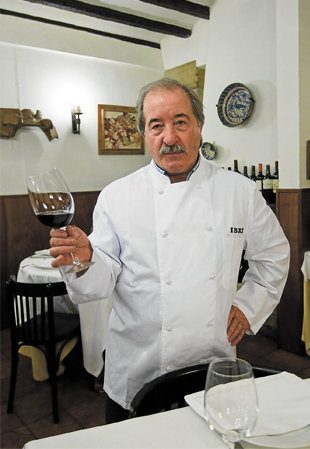
- What made me particularly awed was Mr. Palling’s claim that he ate “slow cooked pork with a mild curry sauce” as the last course. Slow cooked, all right, but it was veal tendon that he ate, not pork. The restaurant has never served a pork dish other than as an amuse, and they never will. I also doubt that the chef Alicio Garro has ever heard of “curry,” and, even if he did, I can assure the reader that you will never see a curried meat or fish preparation at Ibai.
Ibai, as I have previously reviewed in Gastromondiale, is among the best restaurants in the world. It is a product restaurant. Mr. Palling also calls it “Simple Perfection.” I would not use the term “simple,” but this is a debatable issue on which reasonable minds can disagree and debate. My problem with Mr. Palling is his mischaracterization of the dishes. I also do not think that the distinctiveness of the restaurant, and, why it is perfect, can be understood from his article.
Let’s consider my last meal there about one month after Mr. Palling.
We started with the chorizo. Secondly, we had Galician oysters, which were briny, intense and meaty, the very best of the category, like the great Belons of Brittany in France. Next, we had percebes, which were not pre-cooked. They were big and meaty, the best of Galicia.
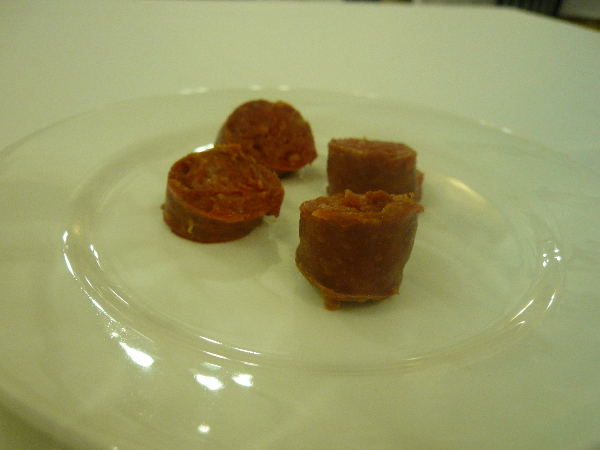
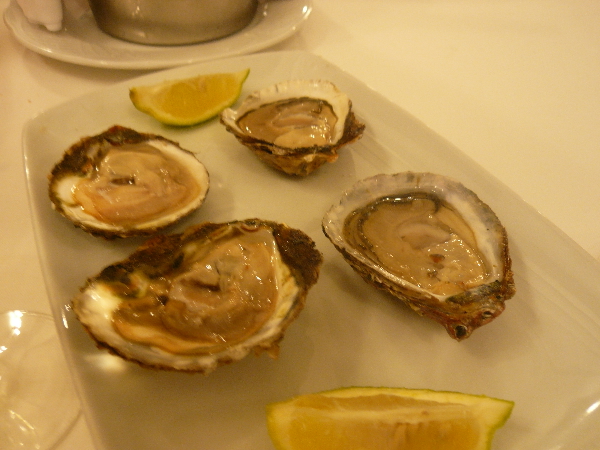

Then we had lobster salpicon with its own eggs in the sauce. The texture is the opposite of the farm raised small Maine lobster. It was cooked alive, and is an outstanding lobster dish. The next dish was artichokes, borrajas, and cardoons, which were super fresh. Go to Ibai in the end of March or early April and you will have the world’s sweetest and tiniest peas. We were then served sauteed ceps. This level can rarely be found in a three star restaurant, and they were probably picked in the early morning.
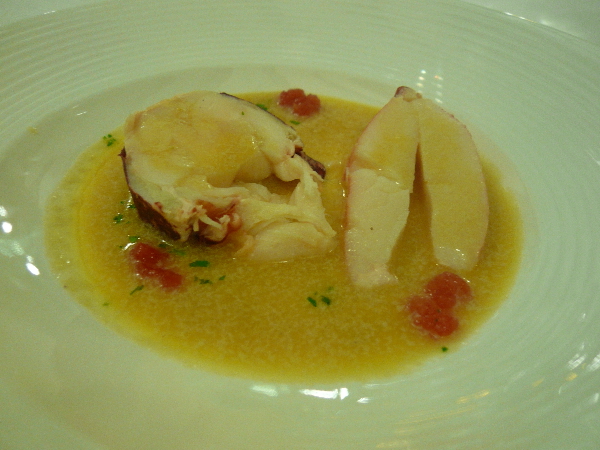
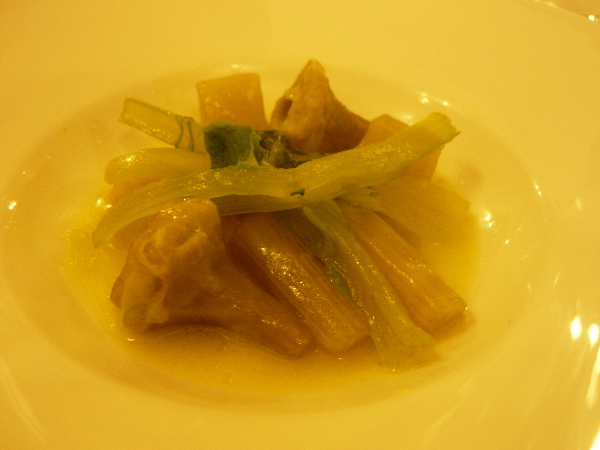
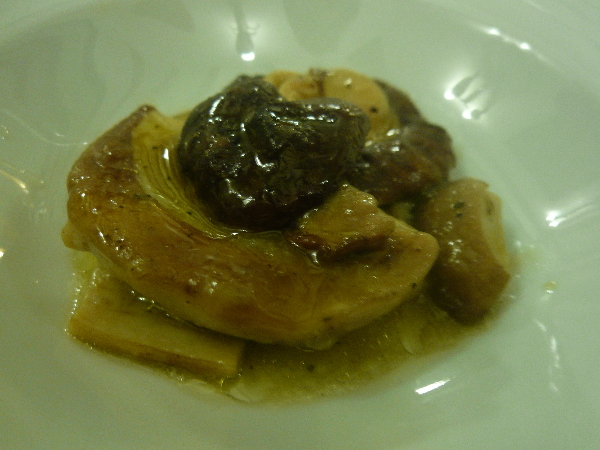
Then we were served kokotxas al pil pil. Ibai uses the chins of the freshest merluza, and its own gelatin is used in the pil pil. It is not spicy. I do not think there is garlic, either. To me, it is one of the best courses on earth. Elkano’s version deserves 10/10, and this one is 10+.
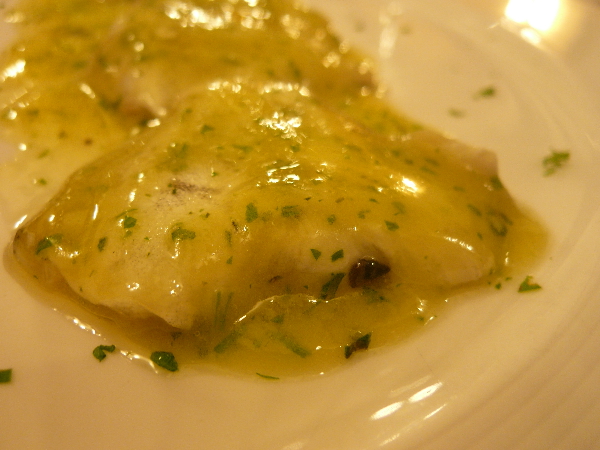
Next we had chipirones en su tinta, stuffed with its own tentacles, cooked with its own ink. This dish is a classic. We finished with sole fish deboned at the table, baked with olive oil and vinegar. This is much better than any Dover Sole or Sole Meuniere you can have in the best seafood brasseries of France.
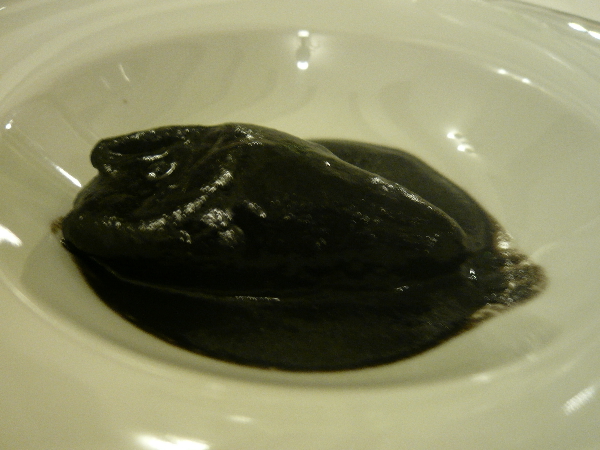
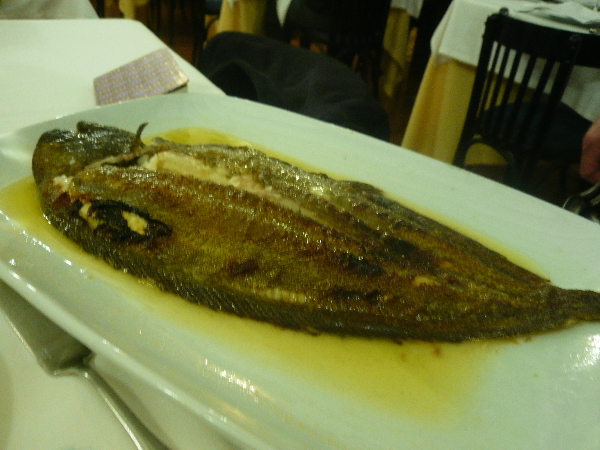
We had a fine Albariño to accompany this seafood feast: 2011 Davido Albariño. It was quite fruity (especially with citrus and tropical notes) with underlying acidity. A touch of minerality in the finish kept this wine well in balance. The grassy, smokey aroma complemented the sweet shellfish, and I did not detect any oak to compromise the fresh aroma and flavor. The wine was quite intense, despite its 12.5% alcohol, which made me think that it came from reasonably old vines. I ranked this wine 92/100. (For the very best Albariño Rias Baixas, try Do Fereiro’s “Cepas Vellas”, which has stunning minerality, due to low yields from 100+ years old vines.)
I still do not comprehend why restaurant critics err so much nowadays. One possibility is that they are influenced by the reputation and behave like “sheeps.” Another issue is that they get special treatments, as many starred chefs primarily cook for the critics and give the assembly line treatment to the public. But I think the most salient factor is the misguided search for novelty. Mr. Palling writes:
There has not been a great deal of change or innovation in the higher realms of the Basque gastronomy in the past few years.
Alas. Yes and no. Andoni Aduriz of Mugaritz is rowing towards a no man’s land and cooking bizarre concoctions, not eaten on this earth, since his break-up with Martin Berasetegui.
But the lack of “innovation” is not a problem. Today we have extinguished Japan. Tomorrow starred chefs will discover Mongolia and Patagonia. Ferran will come up with a new alginate, and somebody will “discover” a new morphing technique so that the jaded palate of the critics may once again be titillated and their aesthetic pleasures satisfied.
In the meantime, critics will probably mistake sole fish for chicken.
This would be really “innovative”!
(Photo of Alicia Garro on the cover page is from David de Jorge’s blog)
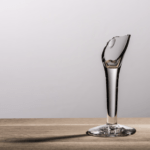


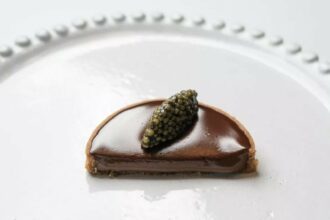

Mr.Milor – I agree with you, and share your anguish at the decline in reviewing standards. Ingredient quality and intrinsic flavour are indices that are lost on many as they get suckered into the world of ‘superior’ dining. Here in New Zealand you will find many wonderful restaurants but quality restaurant reviewing is almost absent , with fawning praise of restaurants more in vogue.